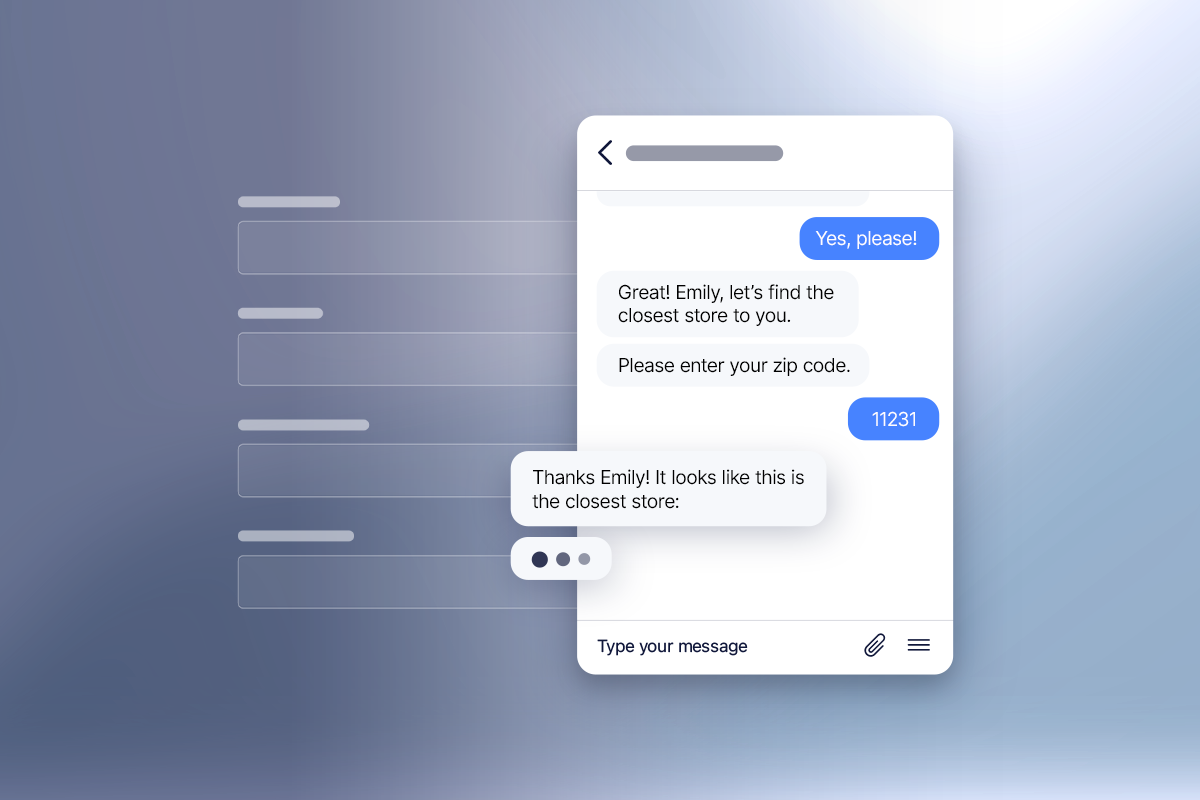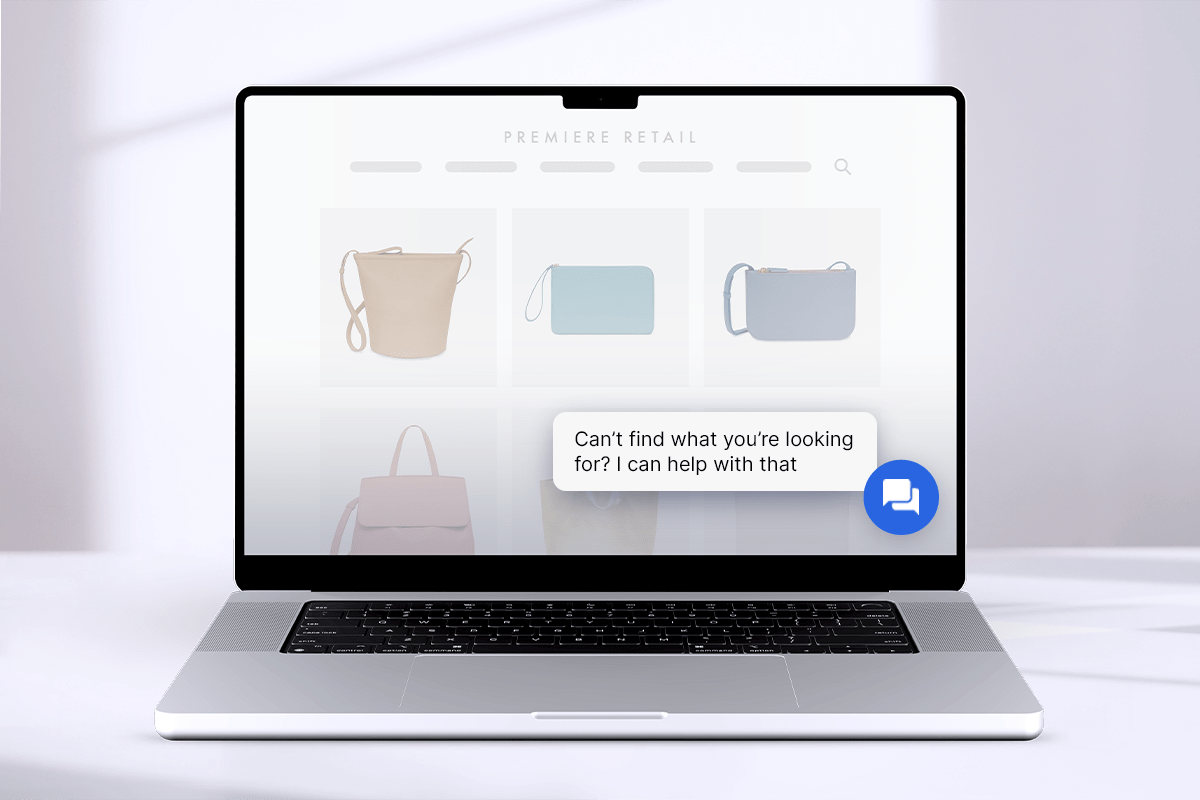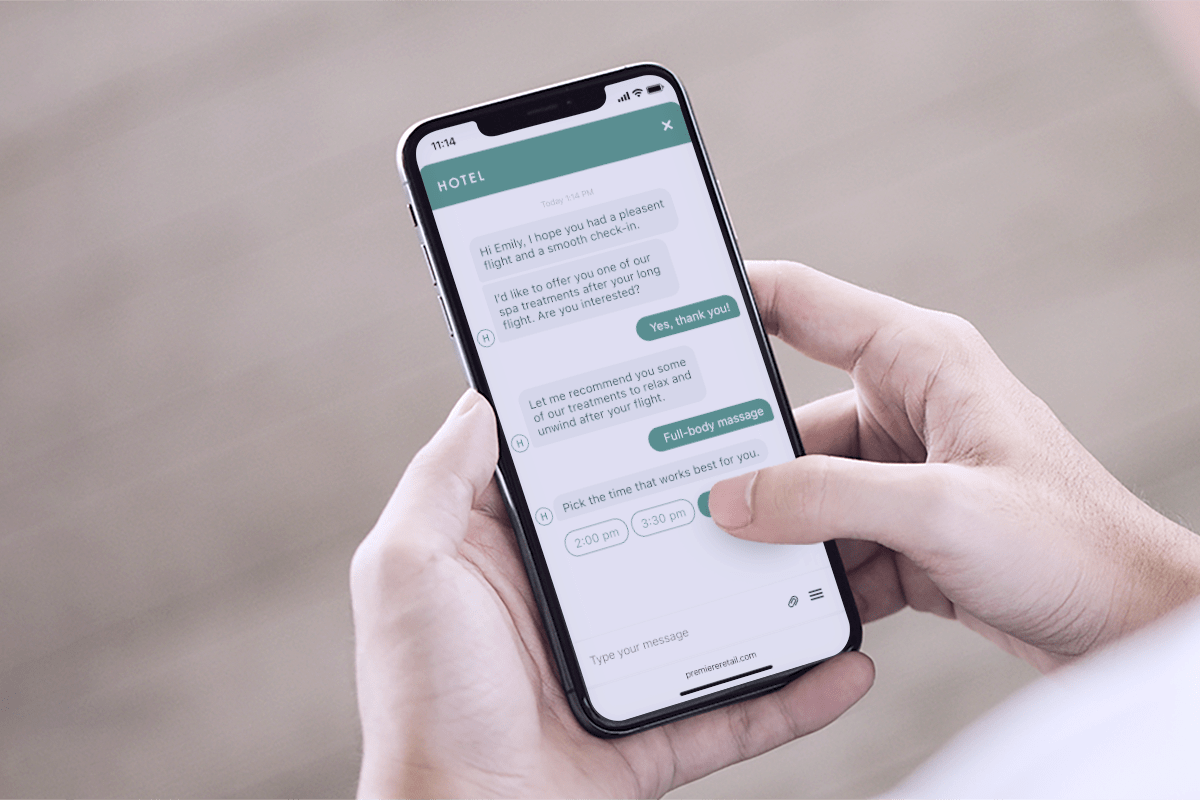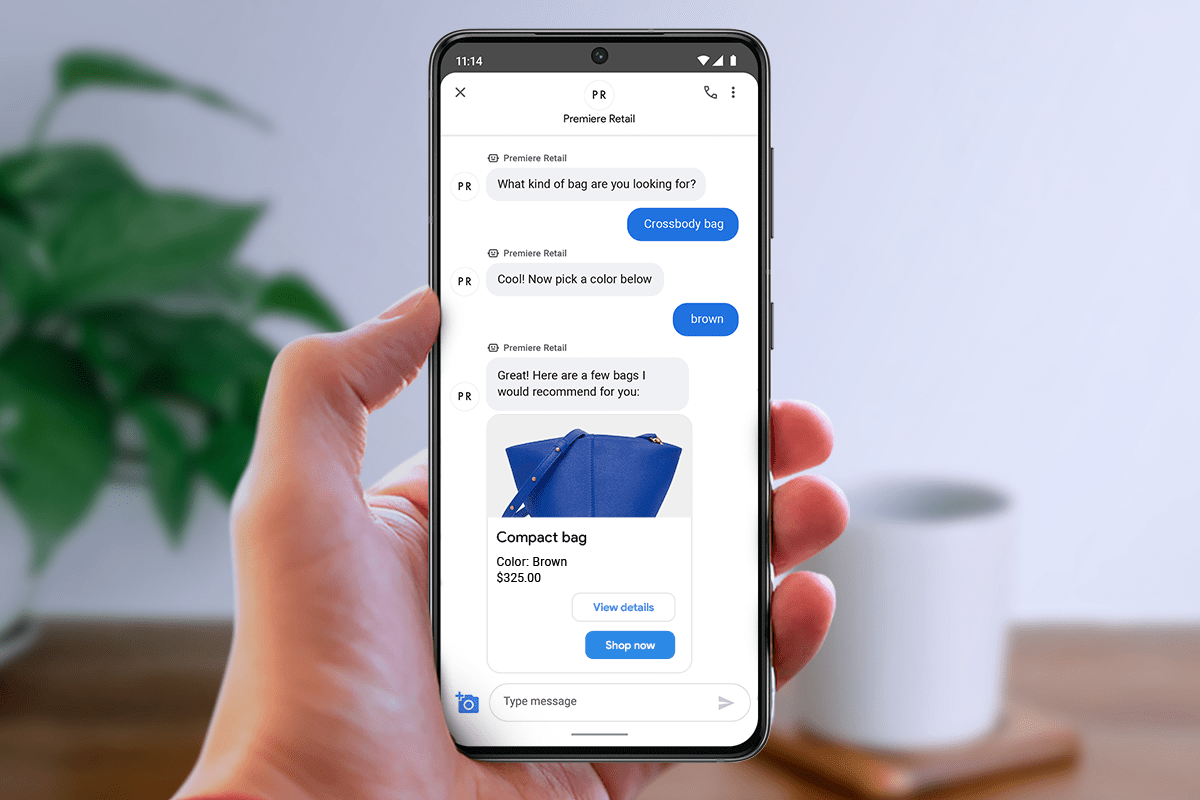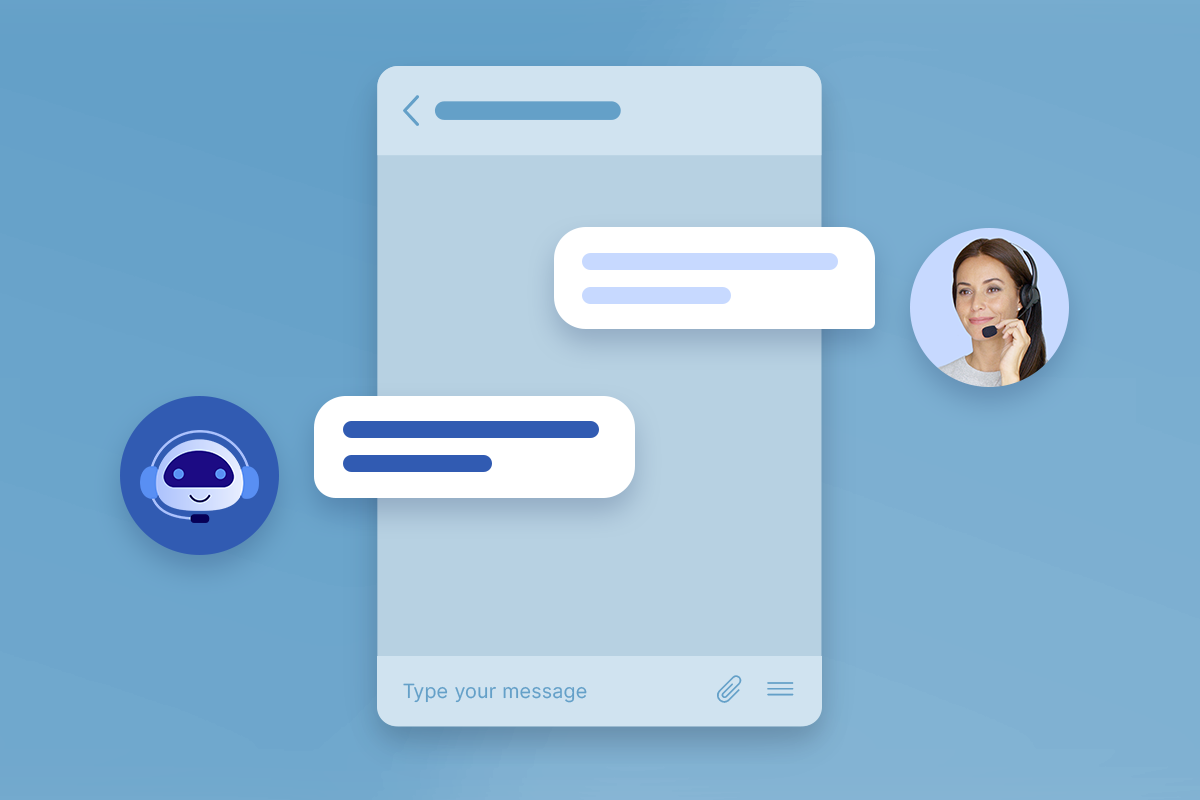You send messages to your friends, family, and coworkers—so why not your customers?
Just the idea of call centers evokes the drone of bored customer service agents, long hold times, and endlessly ringing phones. But there’s a better way.
Business messaging.
Business messaging benefits your customers, your agents, and your business. Keep reading to find out how.
Why should you use business messaging? Here are 10 reasons.
Customer service is all about meeting customer needs, and business messaging hits many of those pain points. But it also comes with benefits for your agents and your bottom line. Take a look at these 10 reasons you should adopt business messaging.
For customers
Customers are your number one priority, so embracing ways to connect with them on their terms with their preferences in mind just makes sense. Why should you adopt customer service messaging? For your customers, of course.
- It’s more convenient.
What’s the problem with phone conversations? They require both parties’ full attention. Today’s customers don’t want to stop what they’re doing to call customer service about a faulty product (or something even less dire).
According to Zendesk, 66% of customers don’t want customer service interactions to interrupt what they’re doing. Sending a message, whether it be an sms text or a message in Facebook Messenger, is much less disruptive to their day.
It’s inherent in business messages. Since they’re asynchronous (meaning both parties don’t have to be present at the same time), a customer can send a message and continue on with their day. There’s no waiting on hold or giving their full attention to a phone call.
- There are more opportunities for personalization.
According to a McKinsey report, 76% of customers get frustrated when customer service interactions aren’t personalized.
And it’s more than just knowing a customer’s name. Seventy percent of customers expect anyone they interact with to have full context of their shopping history and past conversations, according to Zendesk.
Customer service messaging makes personalization much more feasible. A good conversational AI platform will have the customers’ conversations follow them across channels and makes the agent-to-agent handoff seamless.
There’s also something to be said about allowing customers to choose the channel they want to use. Instead of forcing them into one method of communication, you’re letting customers pick the option that best suits their needs.
- Customers will be more satisfied.
When you provide this level of convenience and personalization, customers are more satisfied with your service.
Customers are also less likely to spend time on hold while waiting for your customer service agents. Since agents can handle multiple conversations (often 6–8) at once, customer wait times will go down—and satisfaction will go up.
- Conversations will flow more easily.
Facing a few misunderstandings over the phone? Using business messaging can clear up miscommunications with more organized and concise interactions.
Plus, you can send media with messaging that you can’t do over the phone. With rich messaging features, you or your customers can share pictures, videos, and more. Use it for things like video walkthroughs, diagrams, directions, etc.
- You’ll engage customers before they hit roadblocks.
Customer service goes well beyond solving customer problems. Many times, it’s about anticipating needs—and customer service messaging is the perfect communication method to do so.
There are far more opportunities to engage with your customers using business messaging than when you’re relying on email and voice calls. Through sms messaging for business, live chat (also known as web chat), and other forms of messaging, you can interact with customers without disrupting their day. Send well-timed messages while they browse your website, and customize them based on their browsing history.
Consider the following:
- The welcome message triggered when they first visit your site
- A discount code if they’ve stalled on a product page
- An offer of help when something is added to a cart
More engagement early on also leads to a better overall customer experience. You’re going to your customers before they have a question or problem, not dealing with one after the fact.
For agents
You can’t forget your customer service agents! They’re in the trenches every day, fielding calls from irate customers and trying to hit their goals. Business messaging helps them do both.
- It streamlines productivity.
Customer service messaging gives your agents the ability to chat with multiple customers at once. Instead of being tied to the phone with one on one conversations, they can pop in and out of multiple at once. On average, customer service agents can handle 6–8 conversations at once with business messaging.
A conversational AI platform will help agents keep all the conversations straight so no customers fall through the cracks.
- It promotes more efficient conversations.
When agents are overwhelmed, you want to make it as easy as possible for them to serve customers quickly. Business messaging makes that possible.
Using a conversational AI platform to facilitate business messaging supports your agents with intelligent tools. Here are few features that can speed up conversations and increase agent efficiency:
- Sentiment analysis
- Queue routing
- Predictive text
- Chatbot support
All of these features are built to help agents help customers faster.
For the bottom line
Customer service is often seen as a cost center instead of a profit center, but a good support center absolutely impacts your bottom line. According to Zendesk, 70% of customers spend more with companies that offer a fluid, personalized, and seamless customer experience. Supporting your business with customer service messaging is the way to do it.
- It’s more cost-effective.
Since customer service agents can handle multiple conversations at once, you need fewer resources to manage the same number of customer interactions.
- You can collect real-time feedback.
Messaging makes it easier for customers to share product and service feedback in real-time. You can even send out automated surveys at the end of every interaction to get a peek into customer satisfaction rates.
- You’ll gain a competitive advantage.
With all the benefits to your customers, messaging can quickly become your business’s competitive advantage. Customers will want to work with organizations that provide excellent and convenient service, which you’ll be more equipped to provide with messaging.
Which business messaging channels are best?
You can’t be everywhere all at once—or can you? Messaging with a conversational AI platform makes it easy for agents to connect with customers across channels.
According to Zendesk benchmark data, just 42%of businesses offer two or more support channels, so offering multiple ways to connect will help you stand out. You don’t need to dive into every channel right away, but it’s easier than you might think. (Check out this article for best practices by channel.)
Here are the top messaging channels for customer service.
SMS text messaging
If you need a fast and convenient way to connect with customers, sms customer service is the way to do it. SMS text messaging uses a communication method nearly everyone is familiar with. There’s no app downloading, phone calling, or tricky emails to remember.
Google Business Messaging
Google Business Messages is a conversational customer service chat feature that lets you connect with customers in a variety of different channels—starting with Google. Current and potential customers can ask your company questions in real-time directly from Google Search, Google Maps, your Google Business Profile, and even your company’s website. It’s a great way to connect organically with customers directly from Google.
Learn More About the End of Google Business Messages
Apple Messages for Business
Apple Messages for Business connects iOS and macOS users to your business in brand-new ways. It takes no additional downloads from your customers and provides a holistic experience. Customers can find your business and start conversations from Safari, Maps, Search, Siri, or your website.
Web chat
Web chat or live chat is when you embed a chat box directly on your website. Web chat is a great tool to support customers throughout the buyer’s journey since they need to be on your website to use it.
Facebook Messenger
Since 1.3 billion people use Facebook Messenger globally, it’s safe to say you can find your customers there, too.
With Messenger, you can send text, pictures, video, and link messenger. Customers message you directly (and vice versa) using your company page from the Messenger mobile app or the chat window via desktop.
WhatsApp may not be a traditional method of communication, but it boasts 2 billion active users worldwide, so you shouldn’t sleep on this communication giant.
Put customer service messaging to work for your business.
The benefits of business messaging are clear: convenience for your customers, efficiency for your agents, and a boost to your bottom line for your business.

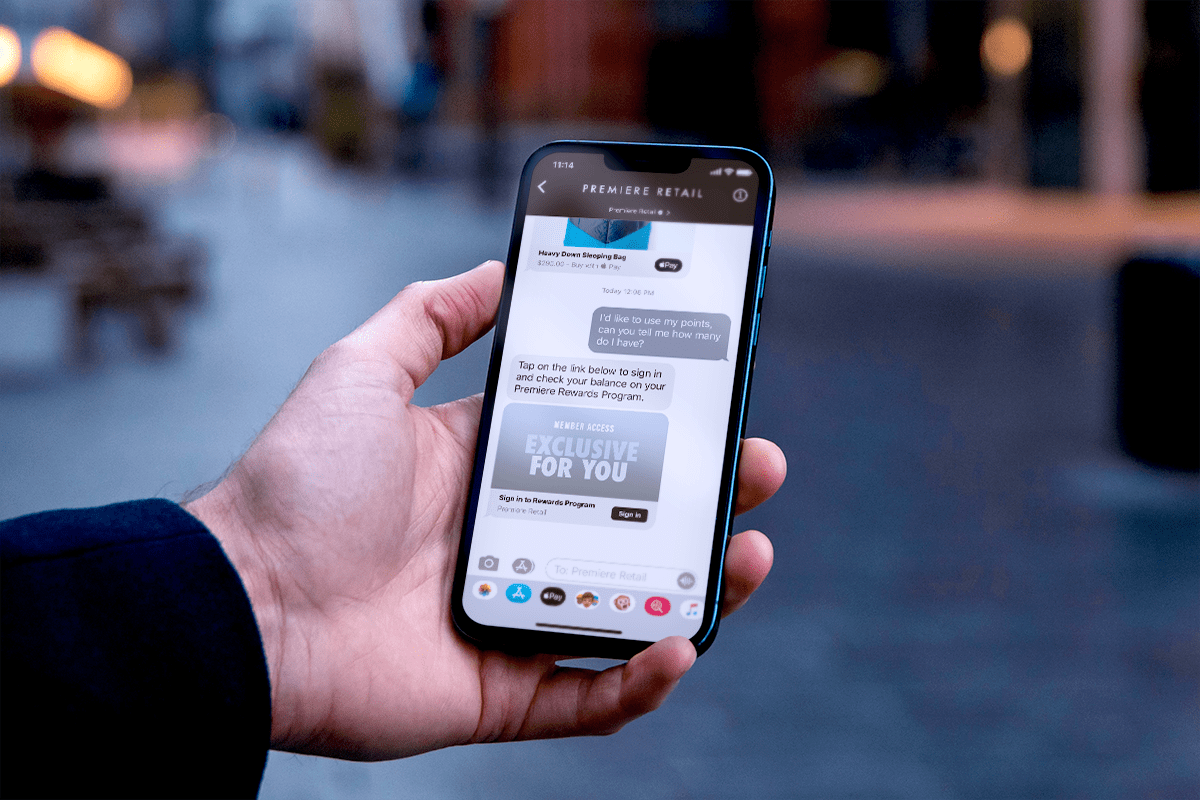

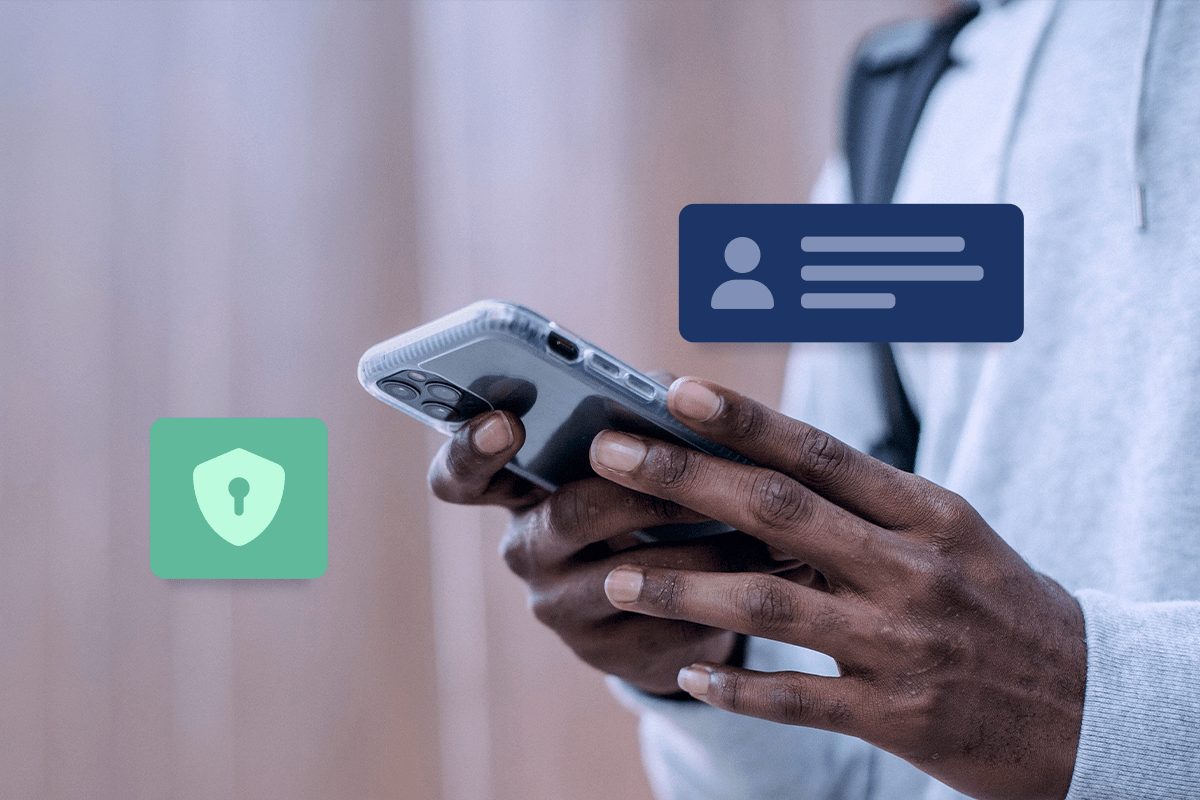
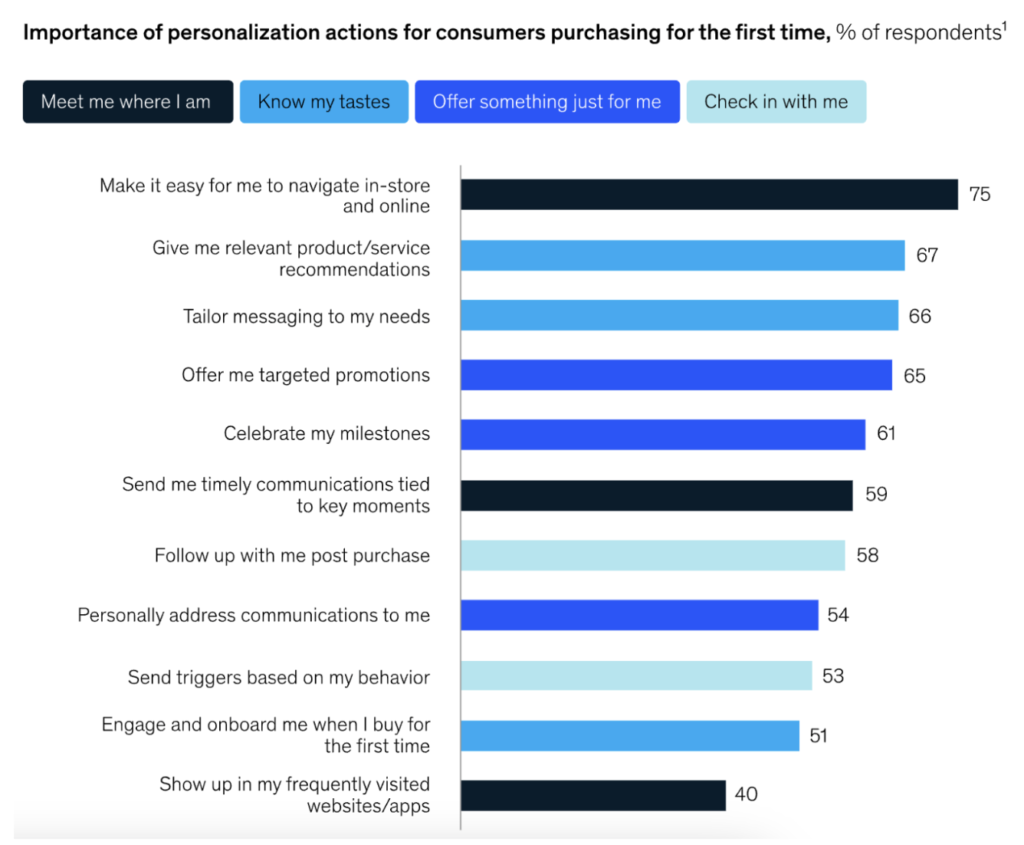
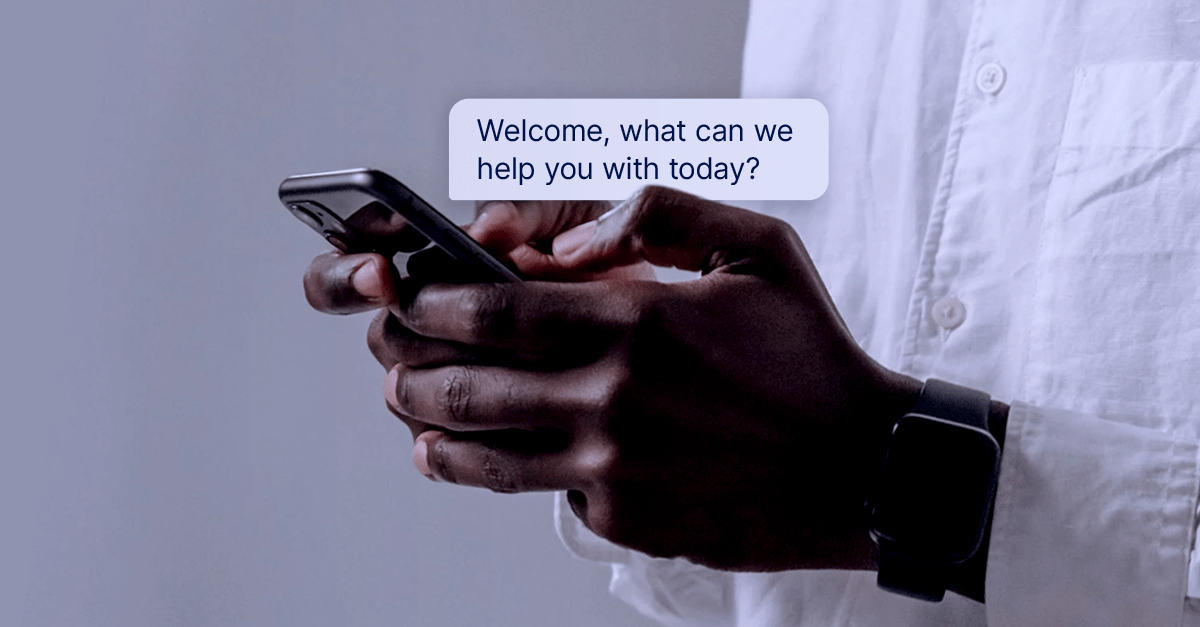
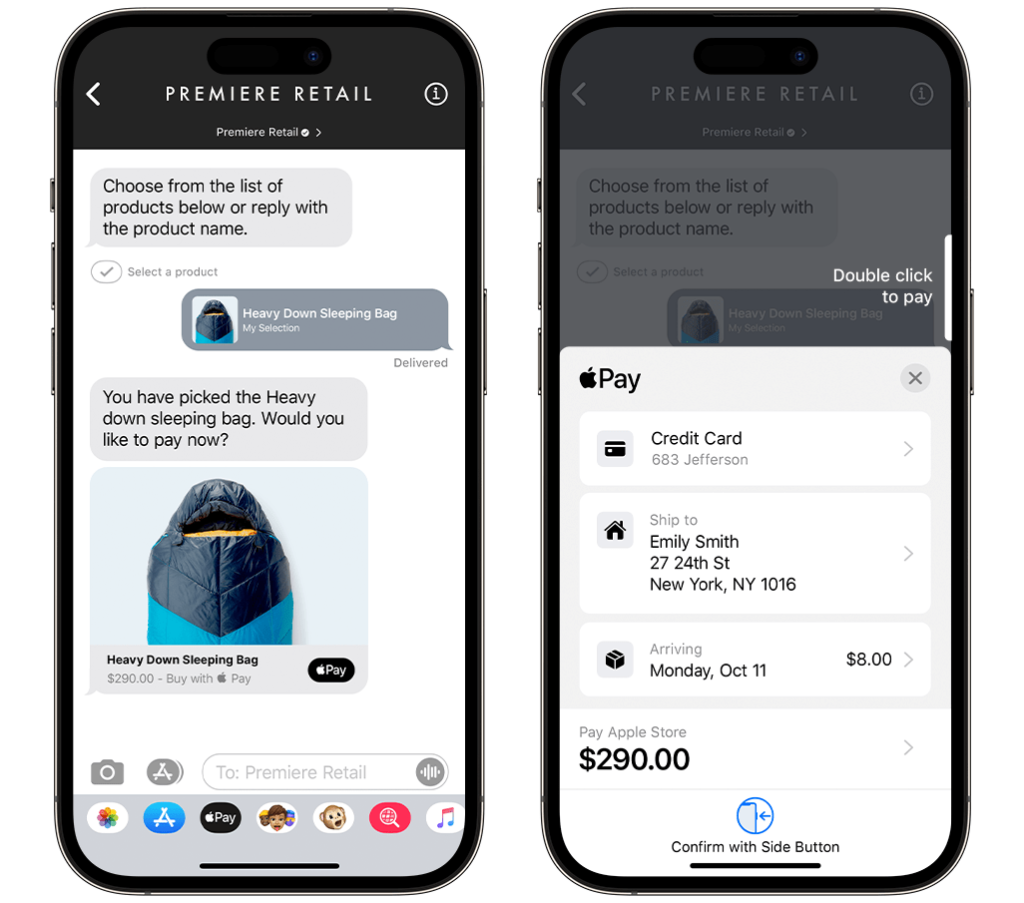
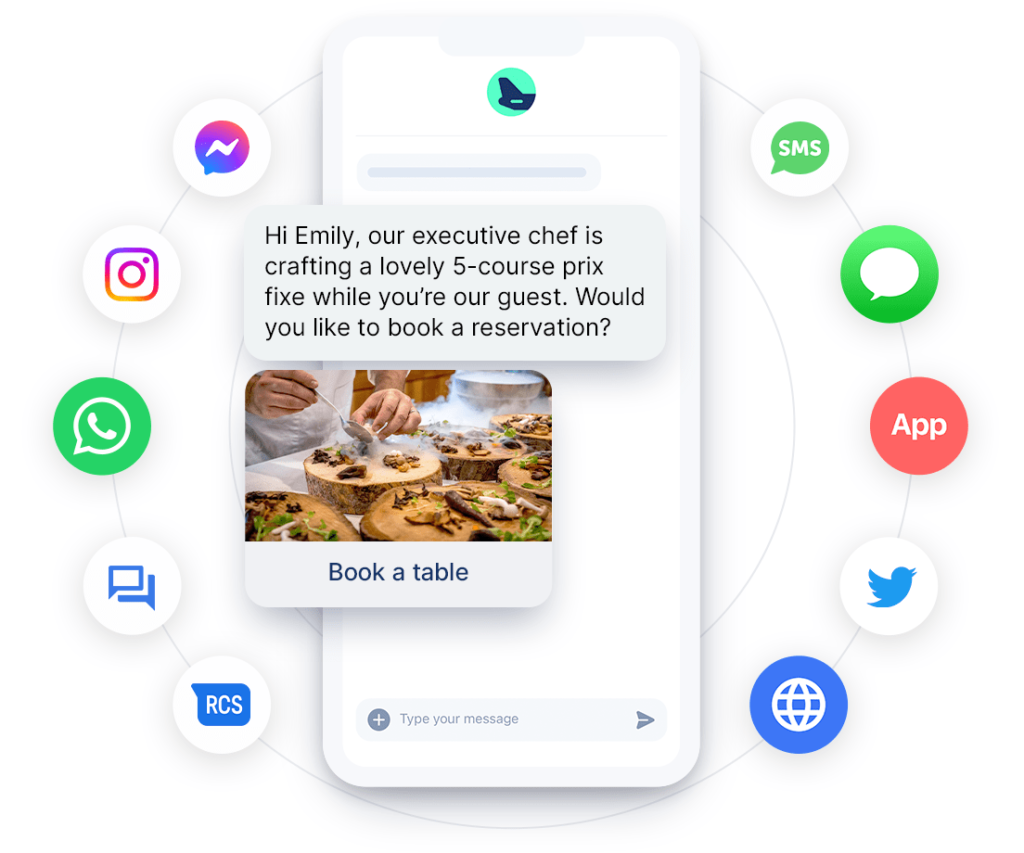
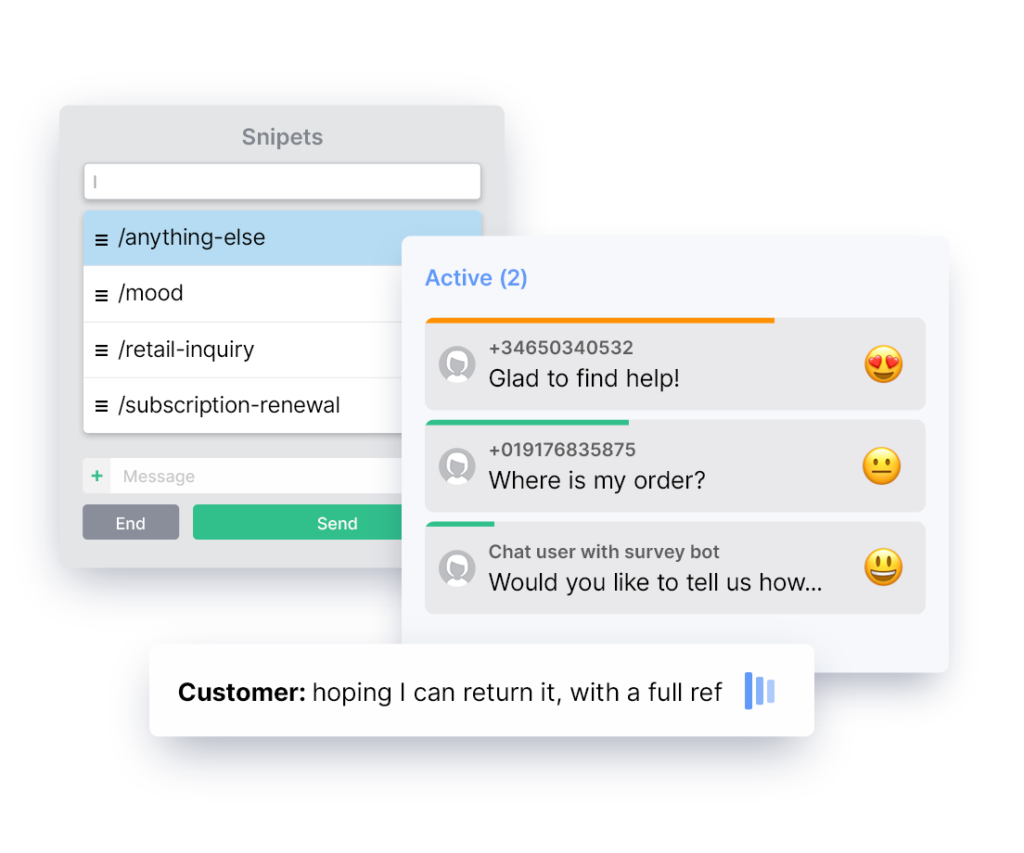

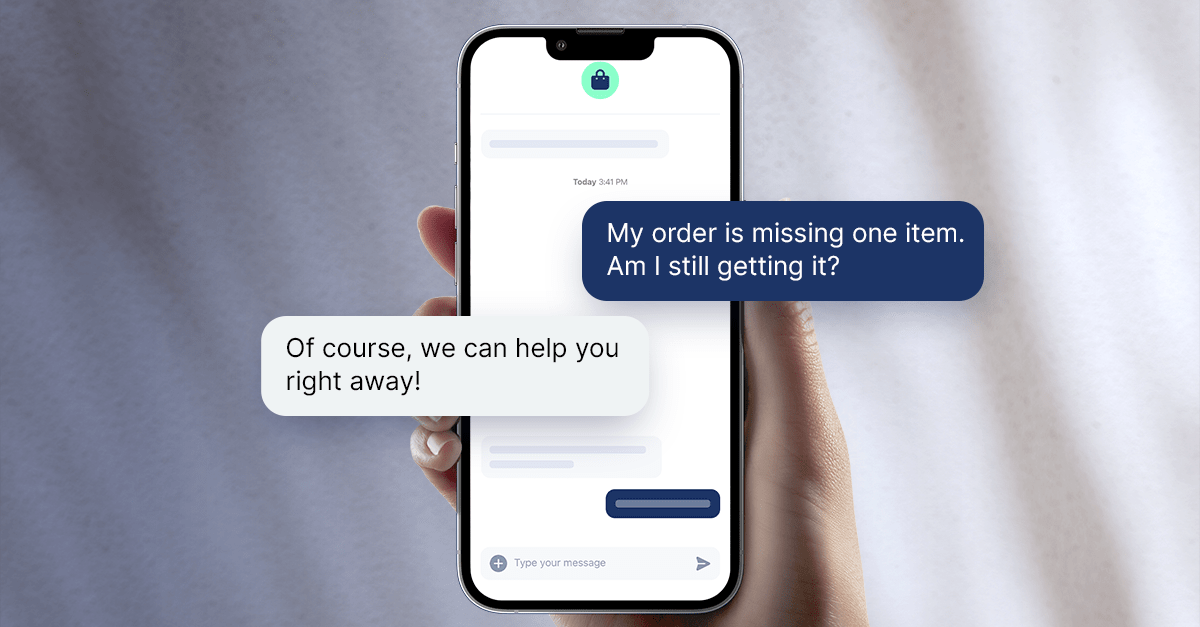

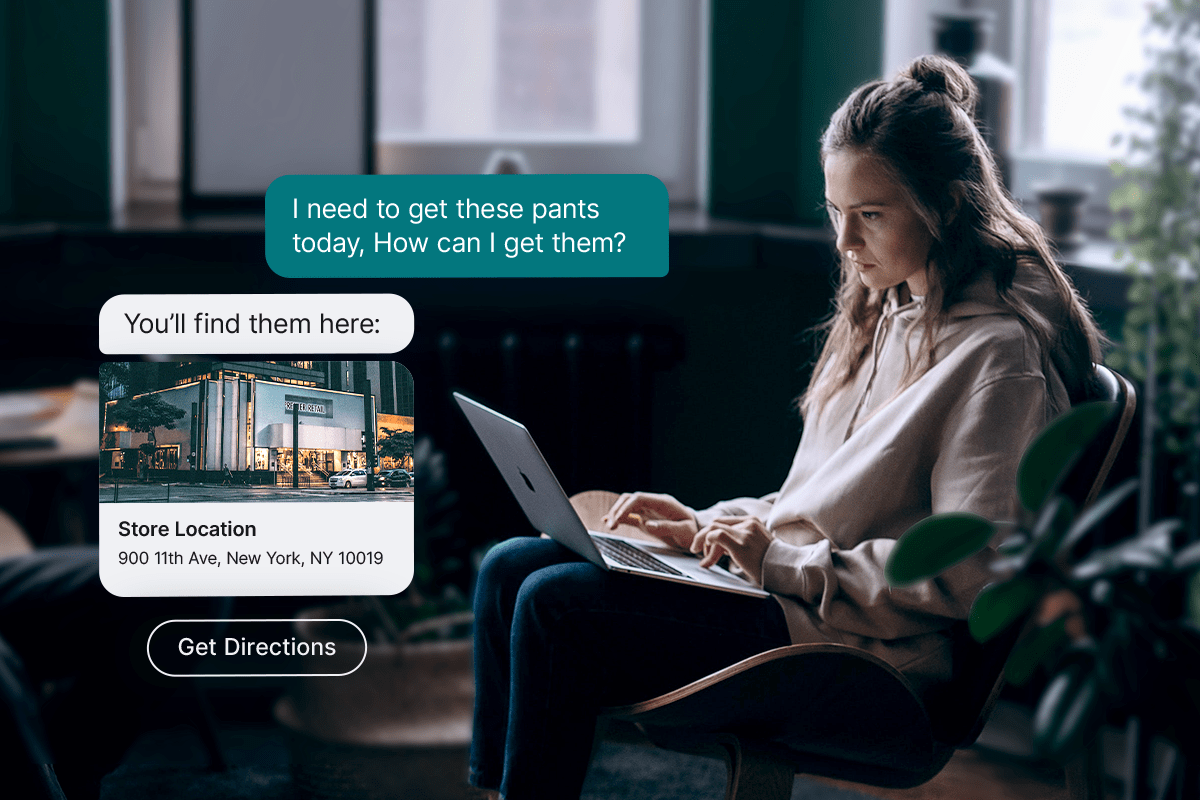
![[Infographic] 9 Effective Call Center Strategies You Can’t Miss](https://quiq.com/wp-content/uploads/2022/11/9-Ways-to-Improve-Call-Center-Efficiency-Feature.png)


